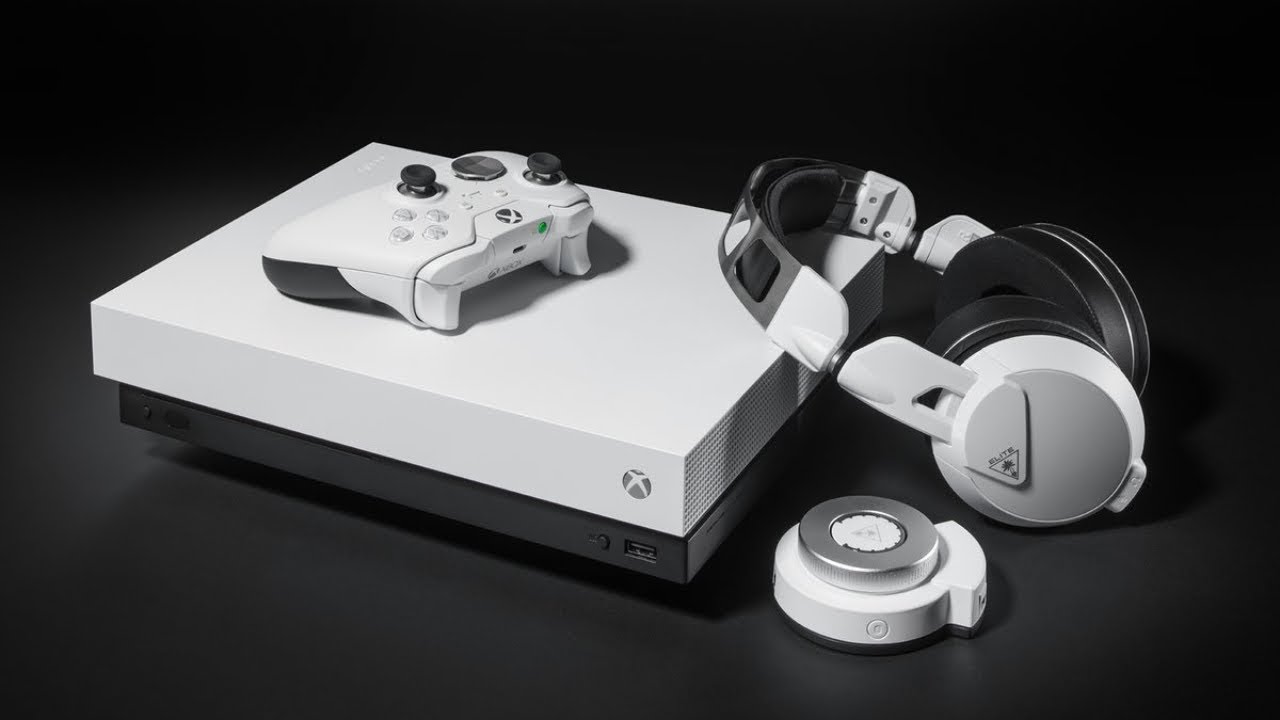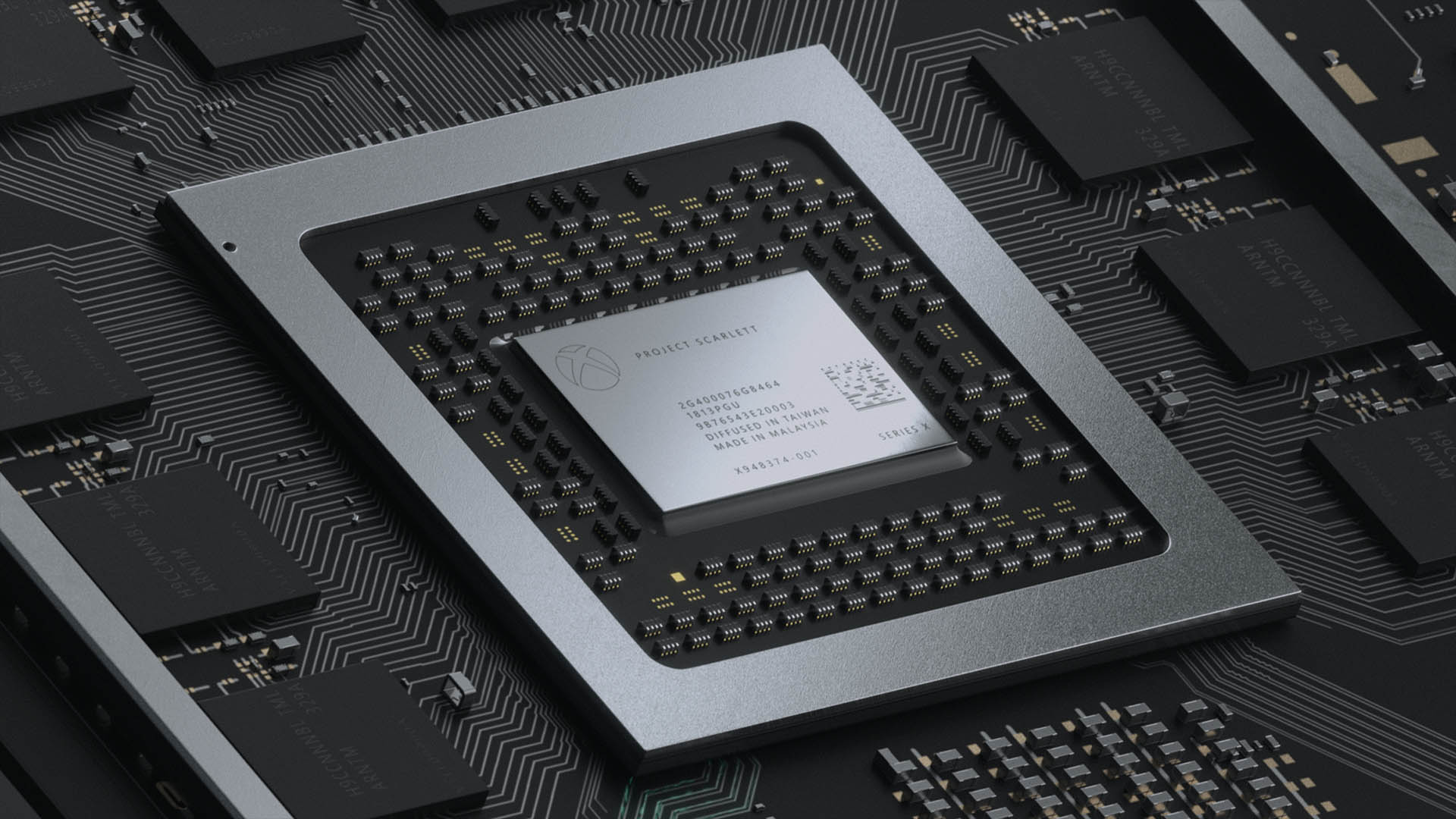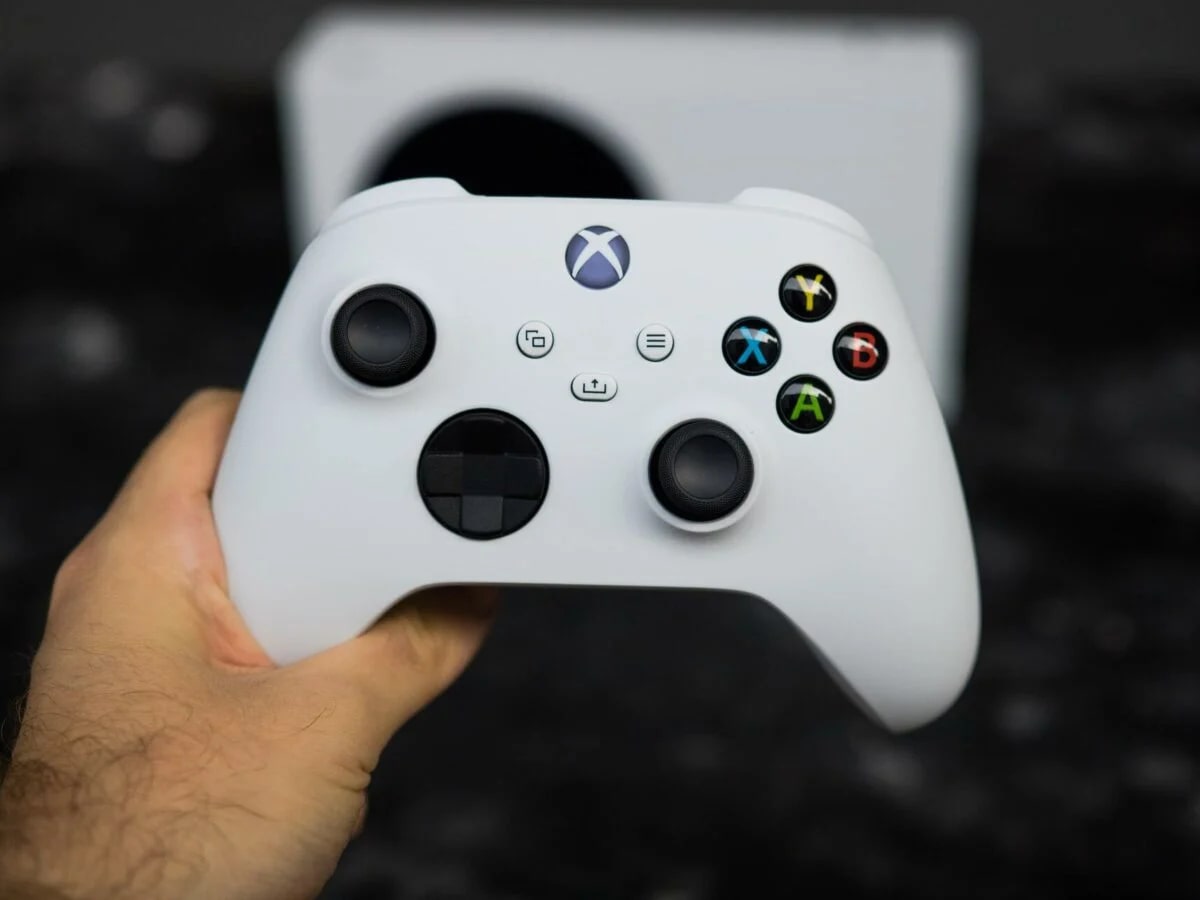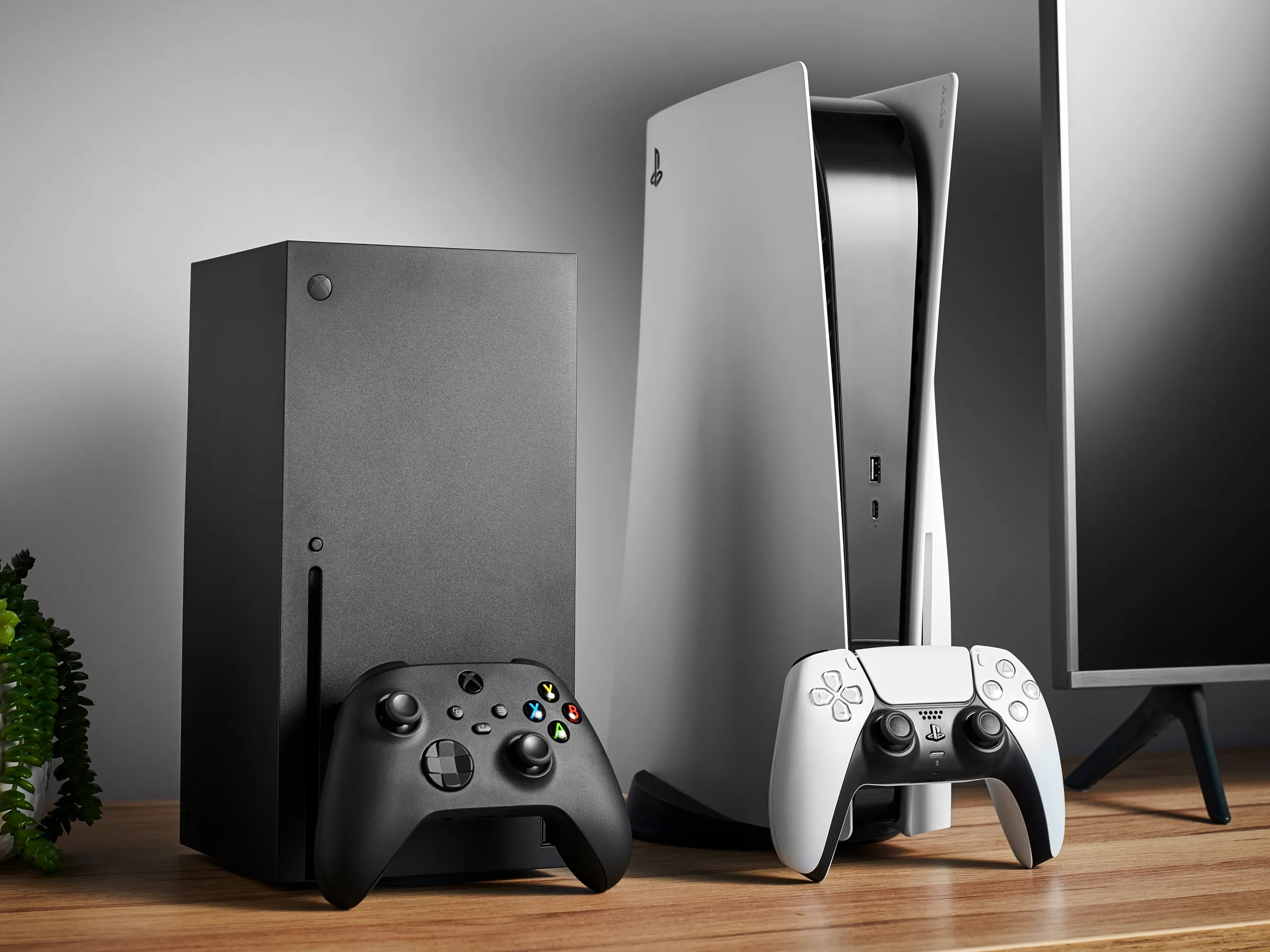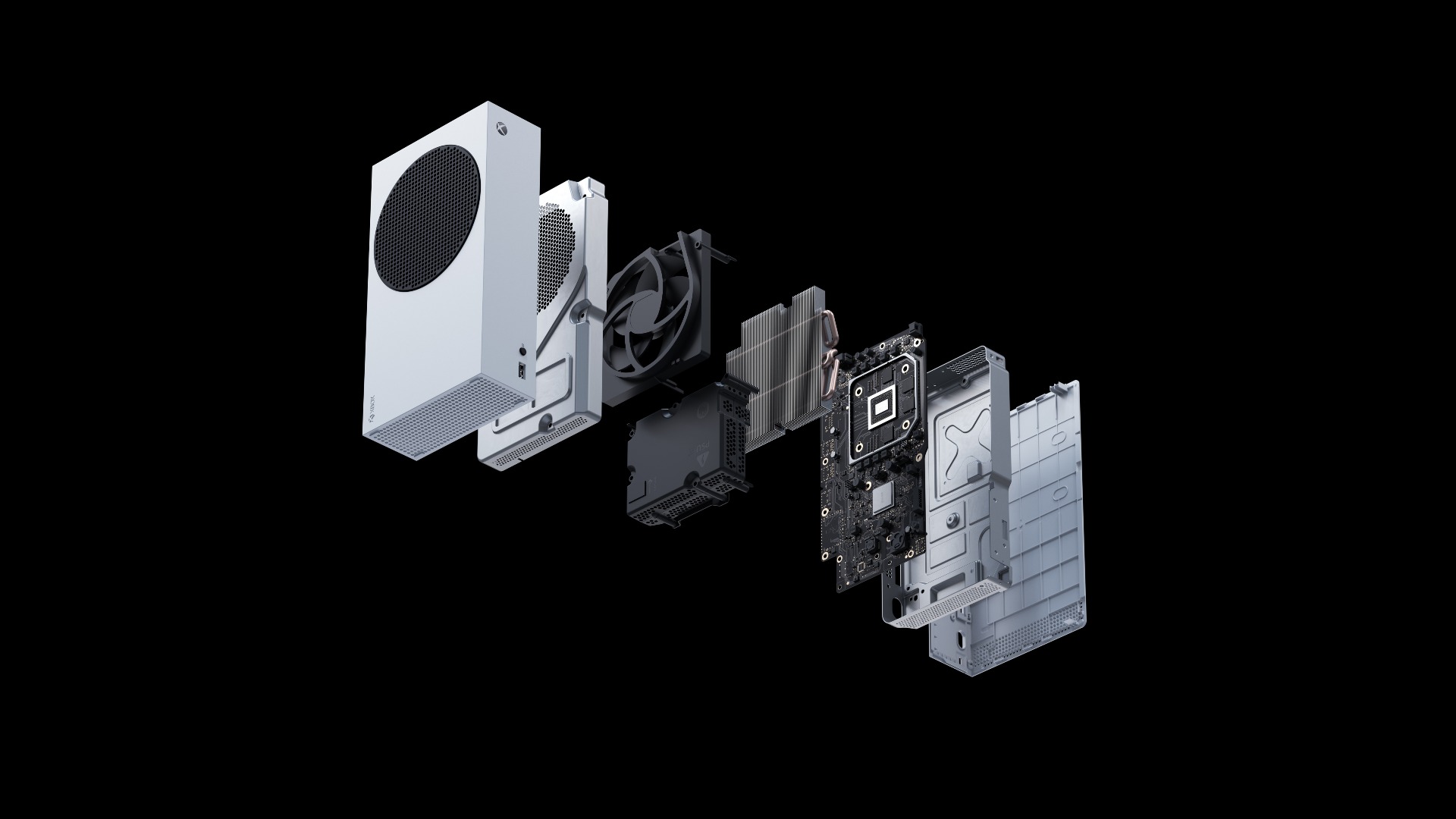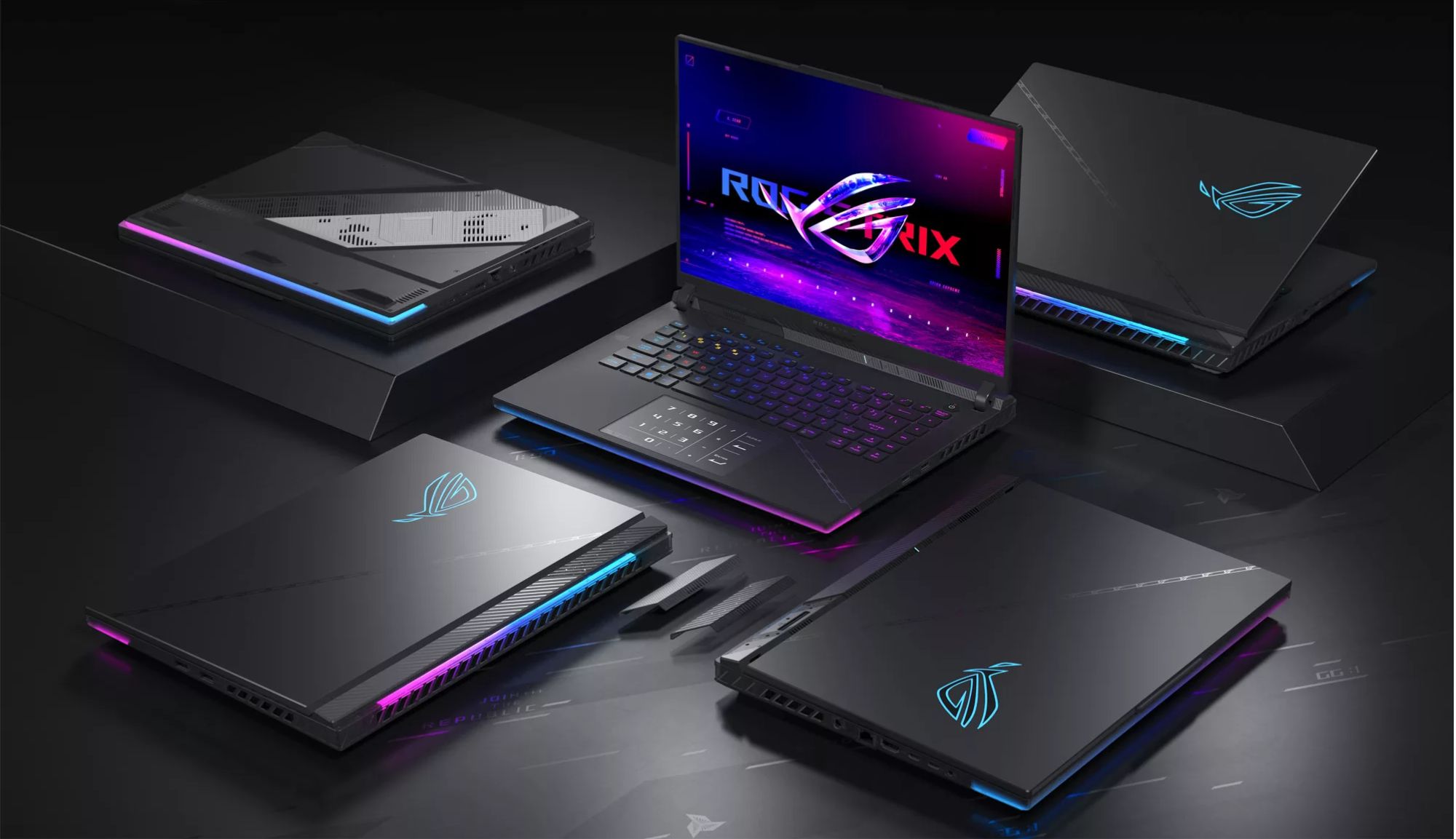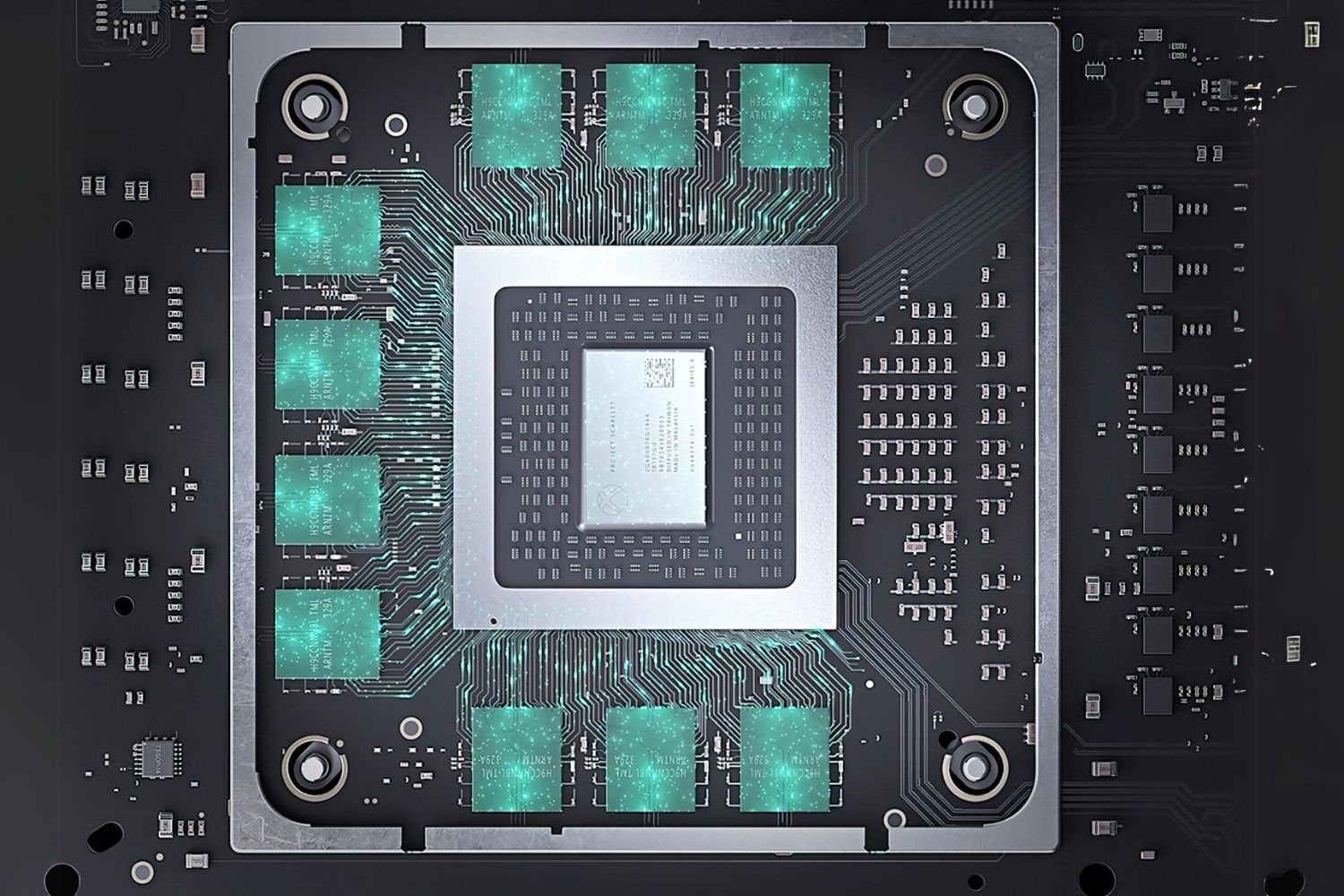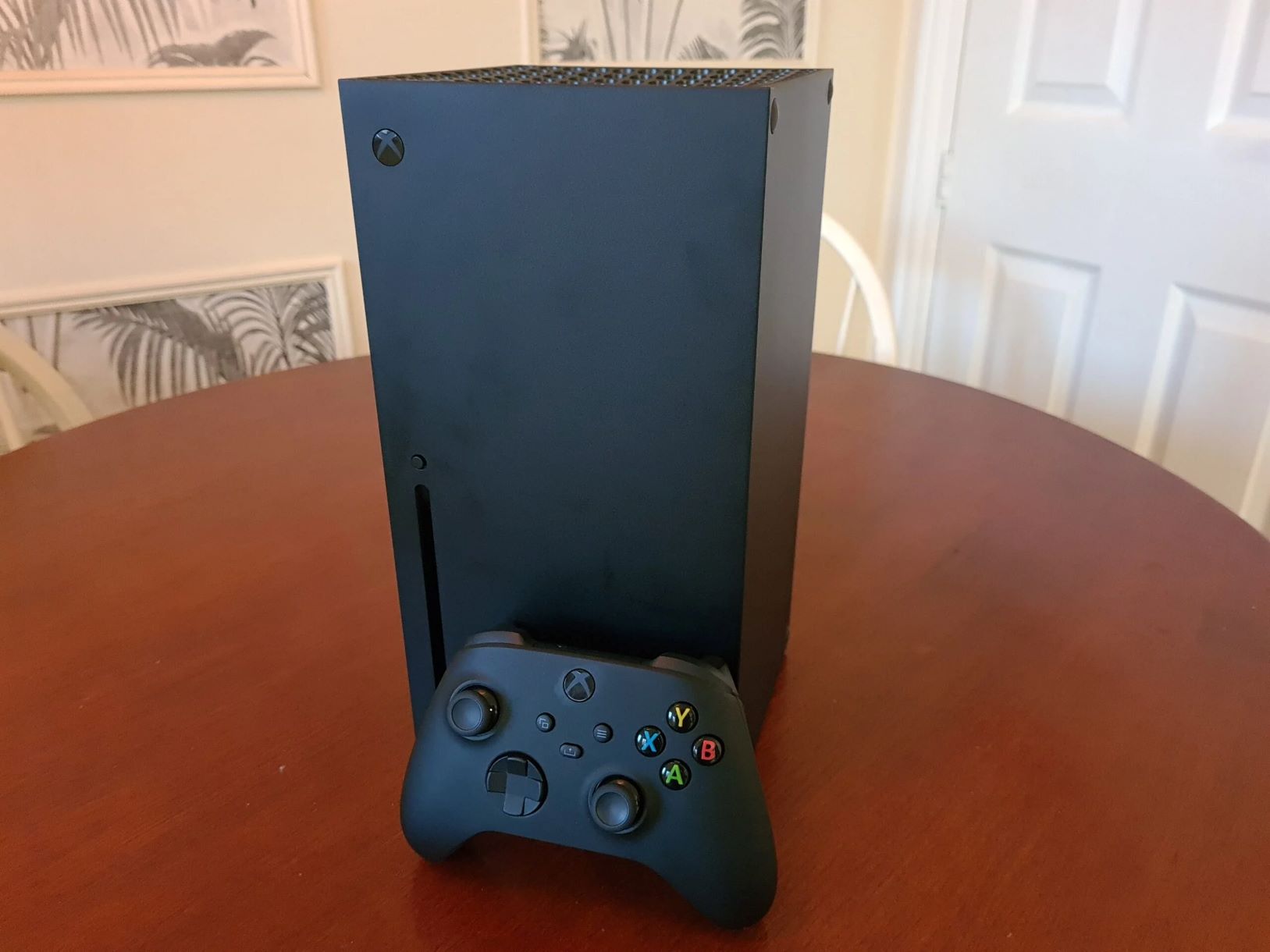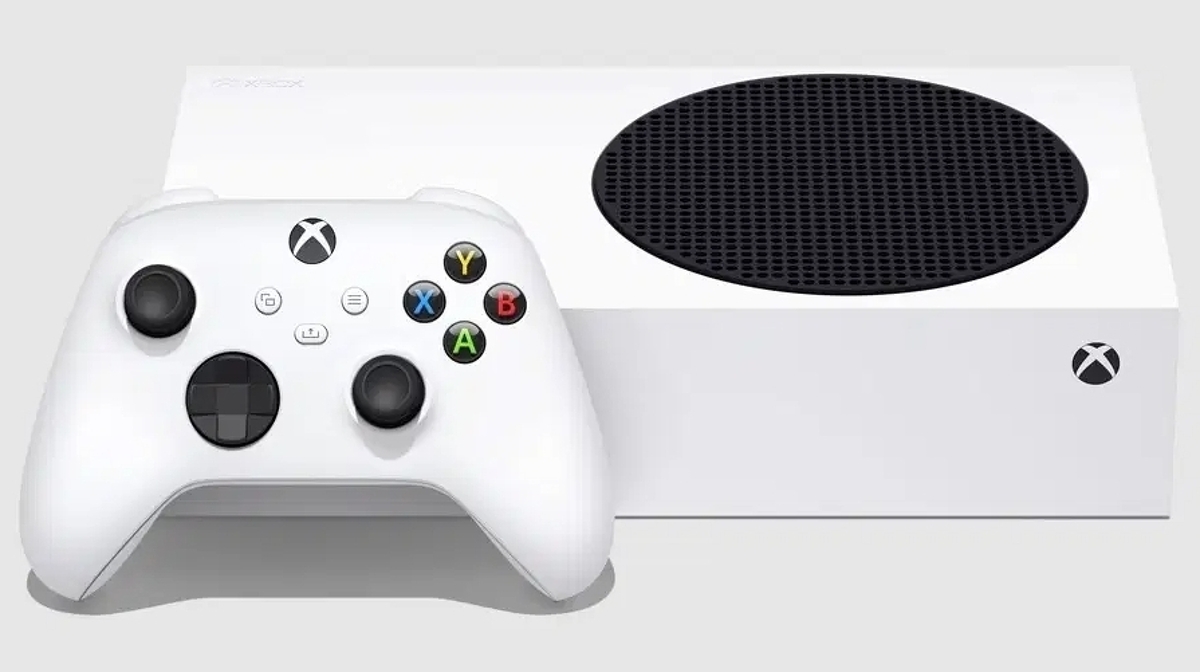Introduction
Gaming consoles have become an integral part of our entertainment landscape, providing immersive experiences that transport players to captivating virtual worlds. A crucial component that drives the performance and visual fidelity of these consoles is the Graphics Processing Unit (GPU). The GPU is responsible for rendering and displaying stunning graphics, bringing game worlds to life with vivid details and smooth animations.
In this article, we will take a closer look at the GPU of the Xbox Series S, the successor to the popular Xbox One console. With its powerful hardware and advanced features, the Xbox Series S promises to deliver stunning visuals and seamless gameplay.
Understanding the role of the GPU in gaming consoles is vital for gamers and tech enthusiasts alike. By delving into the technical aspects of the hardware, we can appreciate the advancements that enable a more immersive gaming experience. Moreover, we can better comprehend the visual enhancements, such as ray tracing and improved frame rates, that the Xbox Series S brings to the table.
Join us as we explore the GPU specifications, architecture design, and performance capabilities of the Xbox Series S. We will also compare it to other gaming consoles on the market, allowing you to understand how it stacks up against the competition.
Are you ready to dive into the world of gaming hardware and discover the wonders of the Xbox Series S GPU? Let’s embark on this exciting journey to unravel the power and potential of this impressive gaming console.
The Importance of the GPU in Gaming Consoles
When it comes to gaming consoles, the GPU plays a paramount role in delivering an exceptional gaming experience. Unlike PCs, which have a wide range of hardware configurations, consoles have a standardized hardware setup, allowing game developers to optimize their titles specifically for that platform. This optimization is heavily reliant on the power and capabilities of the GPU.
The GPU is responsible for processing and generating the graphics that appear on the game screen. It takes the data from the game’s software and converts it into images that can be displayed on your TV or monitor. The more powerful the GPU, the more detailed and realistic the graphics can be.
One of the key benefits of having a robust GPU in a gaming console is the ability to render high-definition visuals at smooth frame rates. The GPU’s processing power directly impacts the resolution and frame rate at which games can be played. A higher resolution, combined with a consistent frame rate, enhances immersion and makes the gaming experience more enjoyable.
Furthermore, a powerful GPU enables consoles to support advanced graphical features like ray tracing. Ray tracing is a rendering technology that simulates the behavior of light in real-time, resulting in incredibly lifelike lighting and reflections. This technology adds depth and realism to game environments, creating a more immersive and visually stunning experience for players.
In addition to graphics, the GPU also contributes to other aspects of gaming, such as physics simulations and AI processing. These tasks require substantial computational power, and a capable GPU ensures smooth and accurate calculations, leading to more realistic physics-based interactions and intelligent non-player character behavior.
Another crucial factor is the longevity of a gaming console. With technology evolving at a rapid pace, having a powerful GPU ensures that consoles can keep up with the demands of modern gaming for several years. A robust GPU allows for better optimization of games, even as developers push the boundaries of visuals and game mechanics.
In summary, the GPU is a fundamental component of gaming consoles, driving the visual and computational performance of games. A powerful GPU enables high-resolution graphics, smooth frame rates, advanced rendering features, and improved physics simulations, resulting in a more immersive and enjoyable gaming experience.
Overview of the Xbox Series S
The Xbox Series S is the smaller but mighty sibling of the Xbox Series X, Microsoft’s latest generation gaming consoles. It aims to provide an accessible and cost-effective option for gamers who want to experience the next level of gaming without breaking the bank.
The Xbox Series S boasts a sleek and compact design that fits seamlessly into any entertainment setup. Its smaller size doesn’t compromise on performance, as it still offers impressive hardware capabilities that enable stunning visuals and fast gaming experiences.
One of the standout features of the Xbox Series S is its support for high-definition gaming at up to 1440p resolution. While it doesn’t offer native 4K resolution like its counterpart, the Xbox Series X, it still delivers sharp and detailed visuals that bring games to life.
Powered by a custom Zen 2 architecture CPU and an RDNA 2 architecture GPU, the Xbox Series S ensures smooth and responsive gameplay. Its fast loading times and quick resume feature allow players to jump into their favorite games with minimal wait times, enhancing the overall gaming experience.
Another noteworthy feature of the Xbox Series S is its backward compatibility. It allows users to play a vast library of Xbox One, Xbox 360, and even original Xbox games. This extensive backward compatibility ensures that players can enjoy their favorite titles from previous generations, adding value to their gaming experience.
In terms of storage, the Xbox Series S comes with a 512GB SSD, providing ample space for game installations. The SSD not only offers faster loading times but also improves overall system performance, allowing games to run smoother and reducing in-game loading screens.
Connectivity-wise, the Xbox Series S offers a range of options. It supports Wi-Fi 5 (802.11ac), allowing players to connect to their home networks wirelessly for online gaming and content streaming. Additionally, it features next-generation HDMI 2.1 output, enabling support for features such as Variable Refresh Rate (VRR) and Auto Low Latency Mode (ALLM) for a smoother and more responsive gaming experience.
Overall, the Xbox Series S is a feature-packed gaming console that provides an excellent entry point into the next-generation gaming experience. Its affordability, compact design, and impressive hardware make it a compelling choice for gamers who want to enjoy top-notch gaming without breaking the bank.
GPU Specifications of the Xbox Series S
The Xbox Series S packs an impressive GPU that delivers exceptional performance and visual fidelity. Let’s take a closer look at its specifications and the capabilities it brings to gaming.
The Xbox Series S GPU is based on the AMD RDNA 2 architecture, a cutting-edge graphics technology that offers significant improvements over previous generations. With RDNA 2, the Xbox Series S GPU delivers powerful graphics processing capabilities, enabling stunning visuals and smooth gameplay.
The GPU in the Xbox Series S features 20 compute units running at a clock speed of 1.55 GHz. This configuration provides ample computational power to handle complex graphics rendering, ensuring that games look visually stunning and run smoothly.
In terms of memory bandwidth, the Xbox Series S GPU offers 224 GB/s, allowing for fast data transfer between the GPU and the system memory. This high bandwidth ensures that graphical assets can be quickly accessed and rendered, reducing loading times and improving overall game performance.
One of the key features of the Xbox Series S GPU is its support for DirectX Raytracing (DXR). Ray tracing is a rendering technique that simulates the behavior of light in real-time, resulting in more realistic lighting, reflections, and shadows. With DXR support, the Xbox Series S can deliver visually stunning games that feature lifelike lighting and enhanced graphical fidelity.
Additionally, the Xbox Series S GPU supports Variable Rate Shading (VRS), which allows developers to allocate GPU resources more efficiently. VRS dynamically adjusts the shading rate in different areas of the screen, focusing rendering power where it’s most needed and optimizing performance without sacrificing visual quality.
Furthermore, the Xbox Series S GPU is also equipped with AMD’s FidelityFX technology, which offers a range of visual enhancements such as sharpening, denoising, and variable shading. These features improve image quality and overall visual fidelity, further enhancing the gaming experience on the Xbox Series S.
In summary, the GPU of the Xbox Series S is a powerful and capable component that enables stunning visuals and smooth gameplay. With its RDNA 2 architecture, support for DirectX Raytracing, Variable Rate Shading, and AMD’s FidelityFX technology, the Xbox Series S GPU delivers an immersive and visually impressive gaming experience.
Architecture Design and Performance of the Xbox Series S GPU
The architecture design of the Xbox Series S GPU is meticulously crafted to provide exceptional performance and optimize the gaming experience. Let’s delve into the details of its design and explore the performance capabilities it brings to the table.
As mentioned earlier, the Xbox Series S GPU is based on the AMD RDNA 2 architecture. This architecture introduces several advancements that enhance graphical rendering and overall performance compared to its predecessor.
One significant improvement is the increased compute unit count, with the Xbox Series S GPU featuring 20 compute units. This boost in compute units allows for more parallel processing, enabling the GPU to handle complex graphical computations with greater efficiency.
In addition to the compute unit count, the Xbox Series S GPU is equipped with a powerful memory subsystem. It features 10GB of GDDR6 memory with a speed of 224 GB/s, ensuring ample bandwidth for quick data transfer between the GPU and system memory. This high-speed memory access enables faster loading times, smoother gameplay, and the ability to render large and detailed game environments seamlessly.
The Xbox Series S GPU also benefits from Microsoft’s cutting-edge hardware-accelerated DirectX Raytracing (DXR) technology. DXR allows the GPU to simulate the behavior of light in real-time, resulting in improved lighting, reflections, and shadows. This technology significantly enhances the visual fidelity of games, making them appear more realistic and immersive.
Performance-wise, the Xbox Series S GPU delivers impressive results. With its compute units running at a clock speed of 1.55 GHz, the GPU can handle demanding graphics processing tasks with ease. It ensures smooth frame rates and visually stunning graphics, allowing players to fully immerse themselves in their gaming experiences.
Furthermore, the Xbox Series S GPU supports features like Variable Rate Shading (VRS), which optimizes performance by adjusting the shading rate in different areas of the screen. This dynamic adjustment ensures that GPU resources are allocated efficiently, focusing rendering power where it’s most needed and further enhancing overall performance without sacrificing visual quality.
Overall, the architecture design of the Xbox Series S GPU, combined with its impressive performance capabilities, provides a solid foundation for delivering high-quality graphics and smooth gameplay. It leverages advancements in compute units, memory subsystem, DirectX Raytracing technology, and features like Variable Rate Shading to deliver an immersive and visually stunning gaming experience.
Ray Tracing Capabilities of the Xbox Series S GPU
The Xbox Series S GPU brings an exciting feature to the table – support for real-time Ray Tracing technology. Ray tracing is a rendering technique that simulates the behavior of light in a virtual environment, resulting in more realistic lighting, reflections, and shadows. Let’s explore the ray tracing capabilities of the Xbox Series S GPU and the impact it has on the gaming experience.
With ray tracing, the Xbox Series S GPU can accurately simulate the path of light as it interacts with objects in a game scene. This means that light sources cast realistic shadows, reflections on surfaces are accurate, and global illumination appears more natural.
Ray tracing enables game developers to create visually stunning environments that are more immersive and lifelike. It adds depth and realism to game worlds, making them feel more dynamic and believable. For example, in a game with ray tracing, light beams through the leaves of trees may create soft and realistic shadows on the ground, and mirrored surfaces may accurately reflect their surroundings.
In addition to enhanced visuals, ray tracing also has a significant impact on gameplay. With accurate reflections, players can strategically use reflective surfaces to gain awareness of their surroundings, spotting hidden enemies or getting a better view of the game world. Similarly, realistic lighting and shadows can provide visual cues that enhance the overall gaming experience, such as determining the time of day or creating a sense of tension and atmosphere.
The Xbox Series S GPU’s ray tracing capabilities are powered by the RDNA 2 architecture and hardware acceleration with DirectX Raytracing technology. This integration ensures efficient and optimized ray tracing performance, allowing developers to fully utilize this advanced rendering technique.
While the Xbox Series S doesn’t offer native 4K resolution like the Xbox Series X, the ray tracing capabilities remain impressive. The GPU is still capable of producing high-quality ray-traced visuals at a lower resolution, ensuring that gamers can enjoy enhanced graphics and lighting effects even on a 1440p display.
Overall, the ray tracing capabilities of the Xbox Series S GPU elevate the visual fidelity and immersion of games. The accurate lighting, reflections, and shadows create a more realistic experience, enhancing both the aesthetics and gameplay aspects. By embracing this advanced rendering technique, the Xbox Series S opens the door to a new level of visual quality for console gaming.
Comparison with Other Gaming Consoles
When it comes to choosing a gaming console, it’s essential to consider how it stacks up against the competition. Let’s compare the Xbox Series S with other popular gaming consoles on the market to better understand its strengths and unique selling points.
Firstly, let’s look at the Xbox Series S versus its more powerful sibling, the Xbox Series X. While the Xbox Series S doesn’t boast the same level of performance as the Series X, it still offers impressive capabilities at a more affordable price point. With its support for high-definition gaming, ray tracing, and quick loading times, the Xbox Series S provides a solid gaming experience for those who prioritize value and accessibility.
In comparison to Sony’s PlayStation 5, the Xbox Series S offers a different approach. While the PS5 emphasizes graphical power with its higher-resolution support and larger game library, the Xbox Series S focuses on affordability and accessibility. The Xbox Series S offers a compelling entry point for gamers who want to experience next-generation gaming without investing heavily.
When it comes to backward compatibility, the Xbox Series S has a significant advantage. It allows players to access a vast library of games from previous generations, including Xbox One, Xbox 360, and original Xbox titles. This extensive backward compatibility ensures that players can revisit their favorite games and enjoy a wide range of options right from the start.
Another important consideration is the ecosystem and services surrounding the consoles. With Xbox Game Pass, Microsoft offers a subscription-based service that provides access to a vast library of games, including exclusive titles on day one. This provides exceptional value for Xbox Series S owners looking to explore a diverse collection of games without purchasing each title individually.
On the other hand, the PlayStation 5 offers its own unique advantages, such as the DualSense controller with advanced haptic feedback and adaptive triggers, as well as exclusive game titles that cater to a specific audience. These factors may sway gamers who prioritize those features.
Ultimately, the choice between gaming consoles comes down to personal preferences, budget, and the gaming experience you value most. The Xbox Series S stands as an attractive option for those seeking an affordable entry point into next-generation gaming, with its solid performance, backward compatibility, and access to the Xbox Game Pass library.
Considering the competition, the Xbox Series S carves out its place in the gaming console landscape by providing a cost-effective option without sacrificing essential features and gameplay quality.
Conclusion
The Xbox Series S presents a compelling option for gamers who want to experience the next-generation of gaming without breaking the bank. Its powerful GPU, based on the AMD RDNA 2 architecture, delivers stunning visuals and smooth gameplay.
The Xbox Series S showcases the importance of the GPU in gaming consoles, driving the performance and visual fidelity of games. With support for high-definition gaming, DirectX Raytracing, and Variable Rate Shading, the Xbox Series S delivers an immersive and visually impressive gaming experience.
When compared to other gaming consoles, the Xbox Series S stands out with its affordable price point and extensive backward compatibility, allowing players to access a vast library of games from previous generations. The Xbox Game Pass subscription service further adds value by providing a diverse collection of games at a low monthly cost.
While the Xbox Series S may not offer the same level of graphical power as its sibling console, the Xbox Series X, or competitors like the PlayStation 5, it still provides an accessible and enjoyable gaming experience. Its compact design, quick loading times, and high-definition gaming support make it an attractive choice for budget-conscious gamers.
In conclusion, the Xbox Series S, with its impressive GPU performance, affordability, and extensive game library, offers a solid entry point into the world of next-generation gaming. Whether you’re a casual gamer looking for an accessible console or an enthusiast seeking an affordable powerhouse, the Xbox Series S proves to be a remarkable gaming console that delivers on both performance and value.







